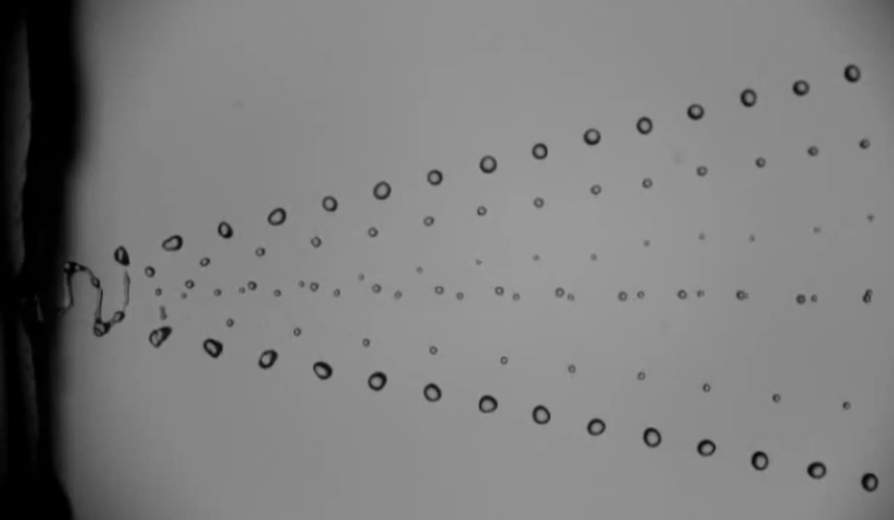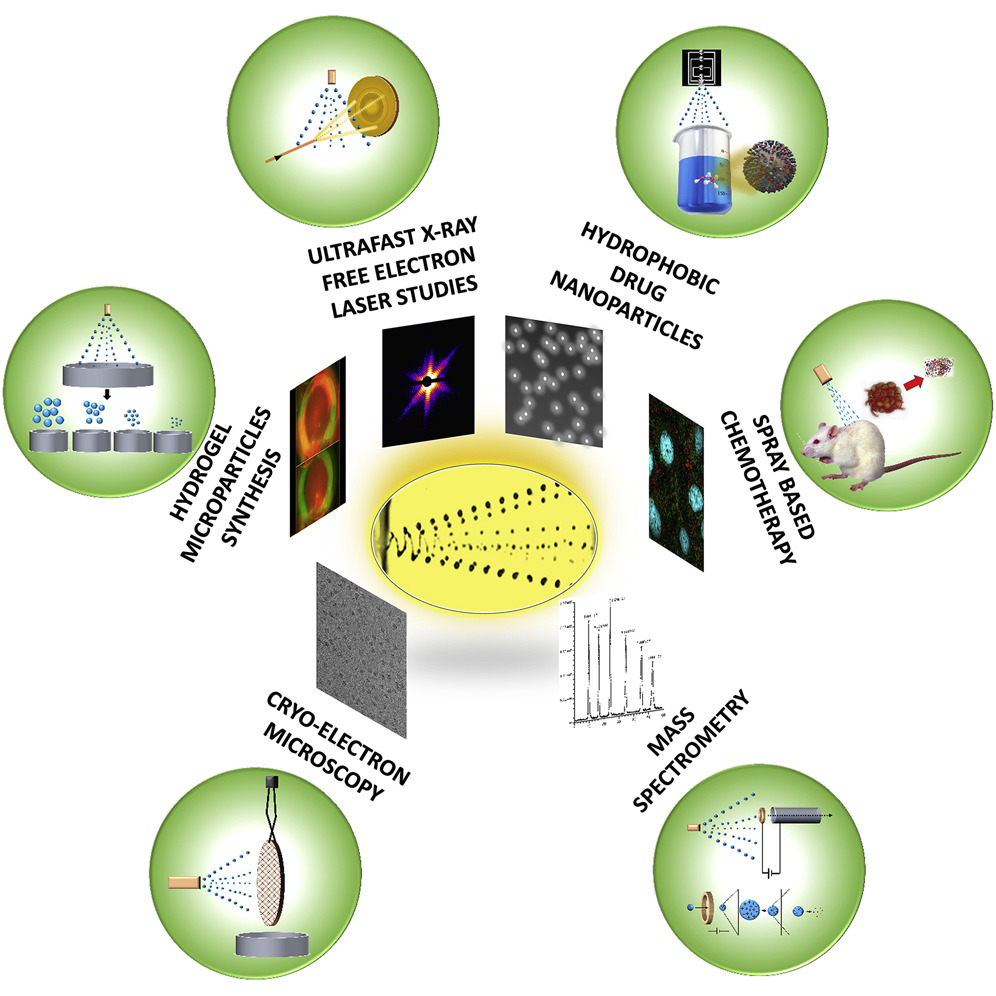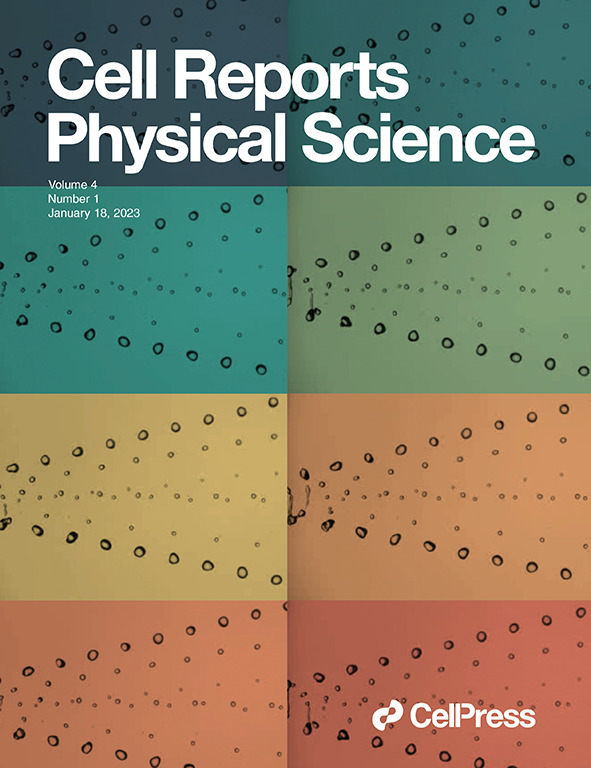Well-defined aerosols—liquid droplets suspended in air or another gas—are desirable for a variety of research and industrial applications. Over the past two decades, scientists have tried several methods to precisely control the movement of aerosols, such as piezoelectric actuation or local heating. But those techniques tend to alter the specimens that researchers are using the aerosols to study, which limits their utility. This is especially true for biological samples.
An interdisciplinary team from State University of New York at Buffalo (SUNY Buffalo), University of Hamburg, Germany, and Lawrence Livermore and Lawrence Berkeley National Laboratories has developed a first-of-its-kind, steady-state whipping liquid microjet that solves this issue. The device doesn’t require electricity and is relatively inexpensive to build and operate.

The new whipping jet is unique because it produces droplets of uniform size and spacing in a two-dimensional profile, explained co-corresponding author Hoi-Ying Holman, a senior scientist in the Molecular Biophysics and Integrated Bioimaging (MBIB) Division and Director of the Berkeley Synchrotron Infrared Structural Biology (BSISB) imaging program.
The research was led by Sankar Raju Narayanasamy, a postdoctoral researcher based at Livermore Lab who is an affiliate in Holman’s group. He conducted the work as a BioXFEL scholar, a U.S. National Science Foundation-funded research consortium led by SUNY Buffalo’s Hauptman-Woodward Medical Research Institute (HWI) and partner institutions. The theory, data analysis, and interpretation for the study, which was featured on the cover of the January 11 issue of Cell Reports Physical Science, were performed at Berkeley Lab.

The technology could ultimately lead to advancements in the pharmaceutical, food processing, and automotive industries, as well as climate work involving carbon capture. In addition, “fine monodisperse aerosols with controlled sizes are useful in sample environment instrumentation, such as in mass spectrometry, X-ray free-electron lasers (XFELs), and cryo-electron microscopy, which are used to study bio-macromolecules for structural analysis and drug discovery,” explained Martin Trebbin, a SUNY Buffalo assistant professor and co-corresponding author of the study.




